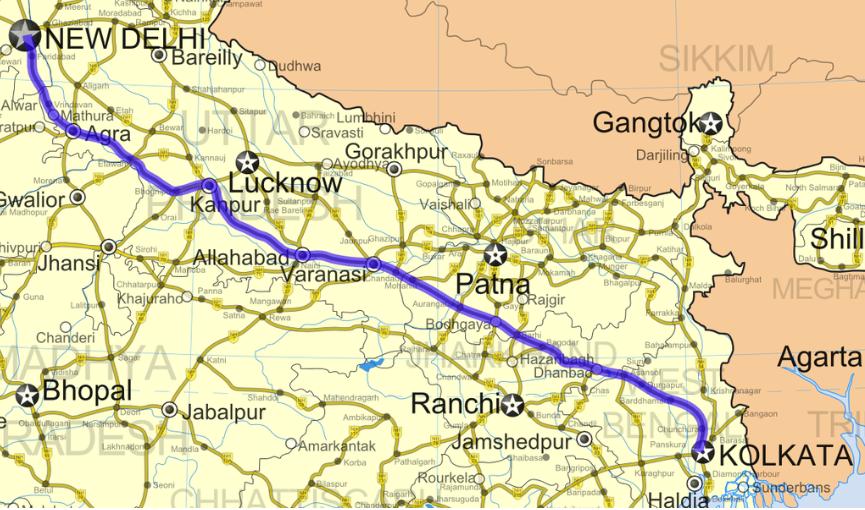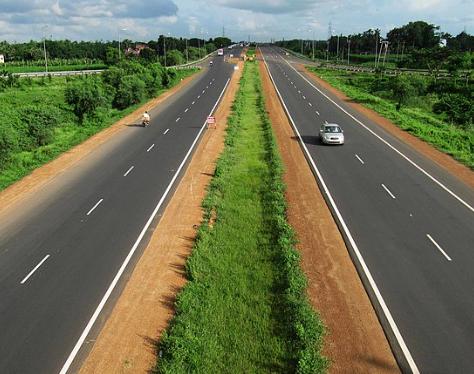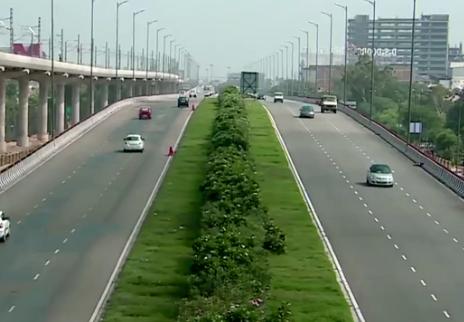




Table of Contents
- Introduction
- Historical Significance
- Economic Backbone
- Infrastructure Development
- Travel Experiences
- Future Prospects
- Faq's
Introduction
National Highway 2 (NH-2) traverses the diverse landscapes of northern and eastern India, stretching from the bustling city of Dibrugarh in Assam to the serene town of Tuipang in Mizoram. Managed by the National Highways Authority of India (NHAI), NH-2 serves as a lifeline, connecting remote regions, urban centers, and cultural hubs along its 1,325.6-kilometer journey.
 NH 2 Route
NH 2 Route
Historical Significance
NH-2, also known as the Delhi-Kolkata Road, has deep historical roots, mirroring ancient trade routes that once connected imperial cities. Its renumbered segments, previously known as old national highways 37, 61, 39, 150, and 54, have witnessed centuries of commerce, pilgrimage, and cultural exchange.
 Part of NH 2
Part of NH 2
Economic Backbone
As a vital artery of India's road network, NH-2 fuels economic growth and regional development across Assam, Nagaland, Manipur, and Mizoram. The highway facilitates the movement of goods, services, and people, linking major cities such as Dibrugarh, Sivasagar, Imphal, and Tuipang.
Infrastructure Development
NH-2 has undergone significant modernization and expansion efforts to meet the growing demands of traffic and commerce. From multi-lane expressways to iconic overbridges, infrastructure projects along NH-2 aim to enhance connectivity, safety, and efficiency for travelers.
 NH 2
NH 2
Travel Experiences
Traveling along NH-2 offers a glimpse into the rich tapestry of India's cultural and natural heritage. From the iconic landmarks of Delhi and Agra to the serene landscapes of Bihar and Jharkhand, each stretch of NH-2 unfolds a unique story waiting to be explored.
Future Prospects
As part of the National Highways Development Project, NH-2 continues to evolve, with plans for further expansion, modernization, and connectivity enhancements. The ongoing six-laning projects and corridor developments promise to propel NH-2 into a future of seamless travel and economic prosperity.
explore further
Latest from Location Reviews
More from Recommendations
Resources
Dwello, for every home buyer, is a way to go from 'I feel' to 'I know', at no extra cost.




